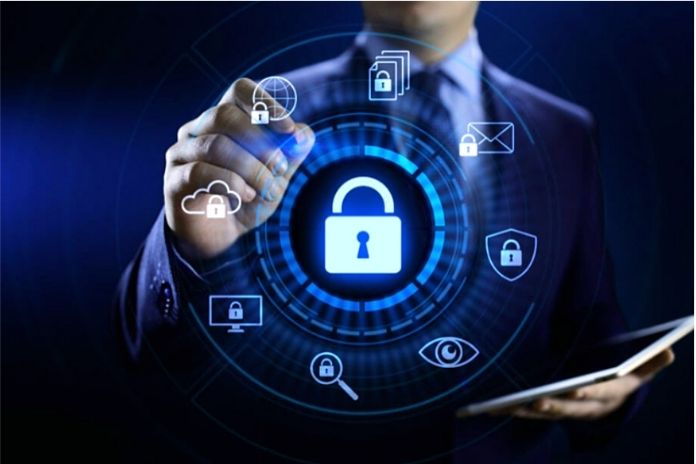The corona pandemic provided a boost to digitization in 2020. On this basis, after a disruptive year, many companies and institutions will have new priorities for cybersecurity in 2021. In this context, the essential drivers include remote working, authentication using digital identities, and digitization in the healthcare sector.
The “new normal” also requires new solutions in the area of IT security. Many employees will continue to work decentrally in the future, and remote access to company data and applications in the cloud will continue to increase – but this also increases the surface area for cyberattacks and the risk of data protection breaches. Therefore, companies and institutions must rethink their data protection, identity, and access management concepts in 2021.
Also Read: Data Security With Backups And Replication
Home Office: Authentication Tools Are Becoming The Standard
Initially designed for consumers to securely access online accounts, identity verification tools are rapidly growing in popularity to facilitate onboarding new and existing remote workers. In the future, advanced authentication tools will enable employees to access company networks and resources securely and easily using robust identification methods. The planning and implementation of these solutions will focus on IT security teams in the coming year. They will be an integral part of every business model in the future.
More Investments In IT Efficiency And Security
As a result of the operational stress on their existing IT infrastructure during the pandemic, executives will be looking for greater efficiency, which will lead to an increase in the adoption of cloud platforms and security infrastructures such as PKI. In the past, this was primarily true of larger companies. Still, companies of all sizes – from SMBs to large corporations – will prioritize investments in the efficiency and security of their IT. However, the challenge in redesigning network security, access management, and data protection will be to make employees more productive rather than hindering.
After the global healthcare system was inundated by ransomware attacks and data protection breaches in 2020, it is expected that IT security will become an absolute top priority for relevant organizations and technology partners in 2021. Similar to the financial sector, the healthcare sector will secure its supply chain – employees, tools, data, and devices – more strongly and underpin this with digital certificates for secure signing, encryption, and authentication, among other things.
Rise Of Digital Identities
Personal data such as name, employer, and official ID numbers will in the future be linked directly to each individual and thus create a new level of security for all areas of life. From verifying participants in online meetings to authenticating individual access to secure networks – digital identities will become the standard security protocol in 2021. The move to digital credentials will increasingly lead to a far-reaching improvement in the digital security of collaborative work tools and platforms.
Remote Healthcare As A Supplement To Traditional Care Methods
Like the move to teleworking, digital healthcare will become an ongoing trend driven by convenience, costs, scalability, security, and – in many regions – demographic trends. Health apps, virtual GP visits, and connected wearable technologies will most likely replace traditional personal treatment options in the long term. We are now seeing a new age in medical care after lengthy criticism that healthcare providers are lagging.
Digitization Of Healthcare Providers
As treatment methods are becoming more and more decentralized, further digitalization of the administration in the healthcare sector is to be expected. This includes processes such as verifying identities for the onboarding of remote patients, the specific prescription and dispensing of medication (via services such as TrustedX), and the digital authentication of medical staff. With accelerated digitization in all areas of life, patients will also expect this level of convenience and efficiency – healthcare providers who do not meet this need will have little chance of survival in the long term.
Conclusion
Our digital and physical world will continue to grow together – until it is impossible to see where one begins and the other ends. Our own trustworthy digital identity will be crucial to navigating this new reality. We will no longer use one proof of identity for work, one for mobile banking, another for travel, etc. The future will bring a single trustworthy digital citizen identity that can then be used in all areas. And that future begins in 2021.
Also Read- Cloud Technologies: Closing The Gap In Cybersecurity Skills

